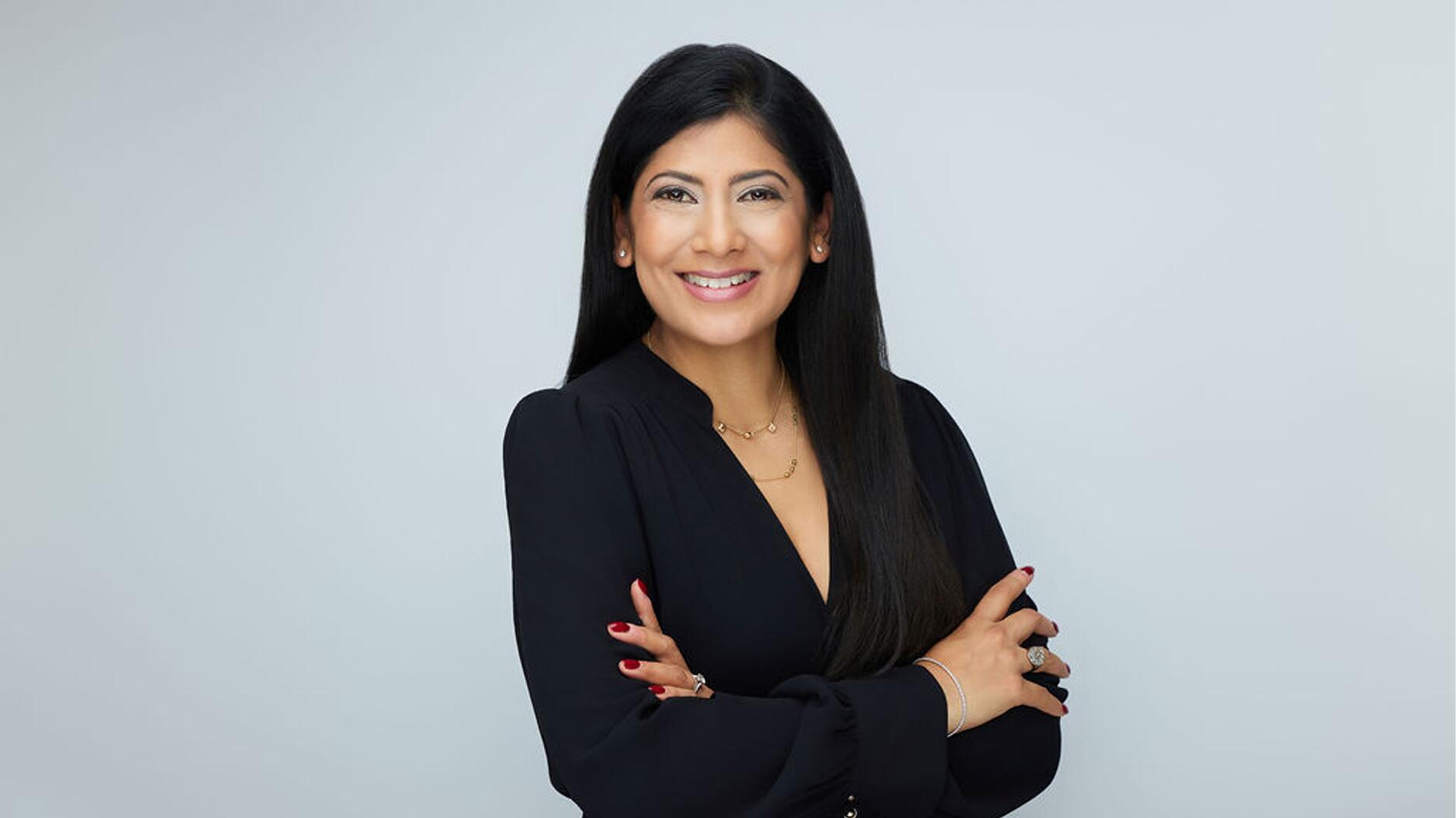State of Retail: How to Better Serve Customers With Disabilities
Around 54 million Americans and counting live with a disability. Here’s how to make your jewelry store and website more accessible.

There’s a lot that goes into designing a jewelry store, from choosing the perfect color palette to placing the showcases in just the right spots.
But what good is a picture-perfect store if some of your customers can’t enjoy it?
For those living with disabilities, shopping experiences can be less than welcoming, if not impossible, if they’re in a store that wasn’t designed with them in mind or with staff that hasn’t been trained to help them.
ADA Compliance
President George H. W. Bush signed the Americans with Disabilities Act (ADA) into law on July 26, 1990.
It was meant to protect people with disabilities from being discriminated against, and, according to the National Archives, was the world’s first comprehensive civil rights law for people with disabilities.
The law has been revised since then, with new standards set for accessible buildings in 2010.
There are three categories of people protected by the ADA: those who have a physical or mental impairment that limits at least one major life activity, those who have a history of an impairment like this, or someone who is perceived as having an impairment.
At least 54 million Americans have a disability, according to the ADA’s website, and that number is expected to grow as the country’s second-largest generation, the baby boomers (born between 1946 and 1964), ages.
By 2030, around 71.5 million Americans will be over the age of 65 and will need age-related accommodations, the ADA says.

Retailers fall under Title III of the ADA, which applies to physical businesses that are open to the public and are required to provide accommodations to customers with disabilities.
This includes making sure customers can access the store’s goods and services, communicate with employees, and bring in service animals.
Retailers are required to make “reasonable modifications” to their policies and practices to better serve customers with disabilities.
For example, a customer with a service dog must be allowed to enter the store, regardless of a no-pets policy.
Retailers are not required to make a “fundamental alteration” to the way they do business, like allowing all customers to bring in their pets.
Though the ADA is a federal law, how it’s implemented can vary by state, with local governments able to set their own provisions equal to or exceeding those set by the ADA.
In-Store Accommodations
As the ADA has been in place for nearly 35 years, retailers likely are familiar with many of the in-store accommodations that need to be provided to customers with disabilities, like wheelchair ramps and accessible parking spots.
However, there are additional steps a jewelry retailer can take to make its in-store experience more welcoming.
Catarina Rivera, a disability advocate, speaker, educator, and the woman behind “Blindish Latina” on Instagram, began wearing hearing aids as a child and was diagnosed with Usher Syndrome at age 17, a rare genetic disorder that causes gradual vision loss.
She currently has 5 percent of her vision remaining.

In an interview with National Jeweler, she shared her experiences with navigating retail stores and which accommodations she finds helpful.
“I really like it when somebody helps me in a jewelry store, especially because everything’s so small. It’s really hard for me to see detail,” says Rivera.
Something she doesn’t like, however, is when a store associate overwhelms her with questions and offers of help as soon as she walks in the door.
A simple greeting is fine, but she needs time to adjust to new spaces.
“I can easily become overwhelmed by a new space, and I only see a little bit when I enter a new space. I have to first learn the space,” she says.
“A lot of times, blind people and low-vision people are presumed to not be independent and to be struggling when we may simply be pausing.”
It can also be frustrating and energy-draining to deal with people who make a fuss over her, she says.
When offering help to a customer with a disability, Rivera suggests opening the conversation in a subtle way, like they would with any other customer, such as by asking if they’ve found what they’re looking for or complimenting a piece they’re considering.
Asking, “Do you need help?” can be a sore spot for some people with disabilities, she says.
Clearly labeling the different sections of the store is helpful, she says, as she tries to assess which brand she’s looking at or the price range of the pieces.
Rivera suggests retailers also provide digital versions of text that appears in the store as well as information in Braille, noting that not every blind person uses a screen reader, which is a software program on devices that reads text aloud.
She recommends NaviLens, a technology for the visually impaired that utilizes an accessible QR code that connects to an app.
The app provides blind and low-vision consumers with auditory information about a product and/or written information that can be enlarged so it’s easier to read.
Well-known brands that have started incorporating NaviLens into packaging include All detergent and Kellogg’s, which has added NaviLens technology to the boxes of four of its cereals: Kellogg’s Corn Flakes, Special K Original, Rice Krispies, and Crispix.
When it incorporated the technology a little over two years ago, Kellogg’s said it was the first U.S. food company to do so.
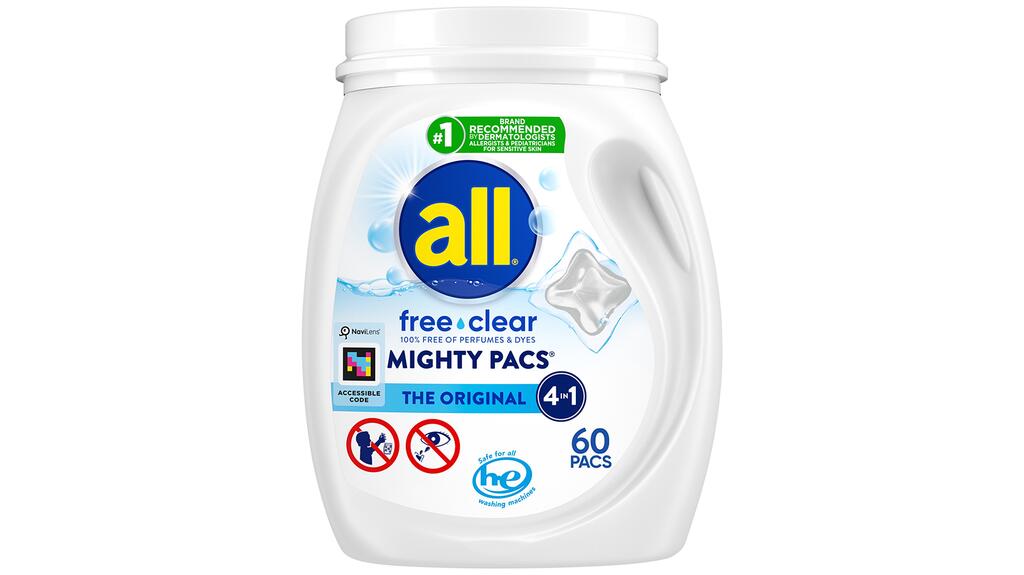
“A lot of blind people don’t have access to the information,” Rivera says. “Being able to use their own device to access the information is what is most accessible. So, if you can make that a part of your retail environment, a part of the flexibility that you can provide customers, you will be better serving them.”
In its recently released guide to ADA compliance, the Jewelers Vigilance Committee pointed out other accommodations jewelry retailers might consider making.
People with mobility, circulatory, or respiratory disabilities may use mobility devices, like manual or power wheelchairs, walkers, canes, crutches, or braces.
There needs to be room for customers using these devices to get around the store from showcase to showcase.
“Installing lower counters and developing alternative means of displaying products are just two ways to make your store equally accessible to customers with disabilities,” JVC said.
Adjustable lighting is helpful for a customer who is in a wheelchair and may experience a glare from the case lighting from their angle, or for a customer who needs to be able to see a sign language interpreter.
Jewelers could provide a “quiet room” for customers who have difficulties with hearing, loud noises, or overstimulation.
For safety reasons, jewelers could also install visual fire alarms for customers who are unable to hear a traditional alarm.
If a retailer was building a store from scratch, it could take into account these guidelines and build accordingly, but there are barriers for retailers and customers alike when it comes to existing facilities.
“The ADA strikes a careful balance between increasing access for people with disabilities and recognizing the financial constraints many small businesses face. Its flexible requirements allow businesses confronted with limited financial resources to improve accessibility without excessive expense,” the ADA website states.
As ADA guidelines can vary by state, retailers can consult the ADA website or consider meeting with an ADA compliance consultant when building a new store or renovating an existing one.
There are also tax breaks available to help small businesses comply with the ADA.
According to the IRS, businesses with 30 or fewer full-time employees or with total revenues of $1 million or less in the previous tax year may be eligible for a Disabled Access Credit.
Eligible expenses may include the cost of barrier removal or alterations, providing interpreters, and making customer materials available in Braille, large print, or audio formats.
“[The ADA] is broadly popular because there are so many people in this country who, at some point, will need some kind of accessibility help.”-Sara Yood, Jewelers Vigilance Committee
Effective Communication
Communicating with customers is key, and the ADA takes this into account as well.
The ADA requires retailers to take steps to communicate effectively with customers with vision, hearing, and speech disabilities.
The accommodations a customer needs to fill out paperwork is different from what they’d need to buy a sweater, so the ADA accounts for that.
The ultimate goal is to find a practical way to communicate with a customer, like exchanging written notes with a deaf or hard-of-hearing customer who has come in for a ring repair.
For more intricate conversations, like applying for financing for a jewelry purchase, a better option would be to provide a customer who is deaf with a sign language interpreter.
The revised ADA regulations also allow retailers to make use of new technologies, like video remote interpreting, a service that virtually connects a retailer and customer with an interpreter.
It is the retailer’s responsibility to provide this service, unless doing so would be an “undue burden,” which is determined by the overall resources of the business. Even then, retailers are expected to provide an alternative, if possible.
Many of those who are deaf or have other hearing or speech disabilities use a text telephone or text messaging rather than a standard phone.
The ADA has a free telephone relay network set up to enable these individuals to communicate with businesses and vice versa.
A person using this device can call the relay service by dialing 711, and a communications assistant will call the business for them and relay their typed messages, then share the retailer’s response with the caller.
A retailer’s staff should be aware of this possibility and accept these calls, said the ADA, adding that the communications assistant can explain how it works, if necessary.
For customers who are blind or have low vision, making large-print materials and assistive listening devices available is helpful.
A reasonable accommodation would include reading a price aloud to them.
For more complex transactions, retailers can share information in an audio format, like a voice note, or send an email so the customer can use a screen reader.
When communicating via social media, be sure to repeat any text on the image in the caption, as some programs can’t read infographics.
According to the ADA, customers in need of assistance usually will share which format they’d like to receive information in, but it is OK to ask if they don’t.

Proper Etiquette
As with all social interactions, there are some written (and unwritten) rules that retailers should follow when serving customers with disabilities.
Most importantly, while one can ask what accommodations a customer would like, a public entity or private business may not ask about the nature or extent of their disability, as per the ADA.
As for service animals, retailers may only ask these two questions: “Is the animal a service animal needed because of a disability?” and “What work or task has the animal been trained to perform?”
These questions can only be asked if it is not obvious why the service animal is needed.
Under the ADA, the only animals officially recognized as service animals are dogs that are “individually trained to do work or perform tasks for people with disabilities.”
Notably, some state and local laws have a broader definition of what constitutes a service animal, with information available from the attorney general’s office in each state.
Retailers cannot ask for documentation or proof that the animal has been trained or licensed or require the animal to wear a vest.
Outside of the written rules included in the ADA, disability advocate Rivera shared her insight on how to communicate with her effectively and respectfully.
“It’s very important for retailers to educate their staff about how to interact with blind people,” she says, specifically how to guide them.
Some people grab her arm to guide her around, she says, but it’s more helpful, and respectful, if she holds your arm.
“It’s very important for people not to touch us, or touch our canes, or violate our personal space,” she says.
This rule extends to all mobility devices, including wheelchairs, according to the ADA National Network, which provides information, training, and guidance on ADA compliance.
It shared a list of tips for serving a customer with disabilities, including the following.
Some customers will have difficulty communicating or will navigate the store more slowly, so be patient and give them the time they need.
“I appreciate when people are patient with me,” Rivera says. “It’s very important for me to move in a way that’s safe for me, and that is usually slower.”
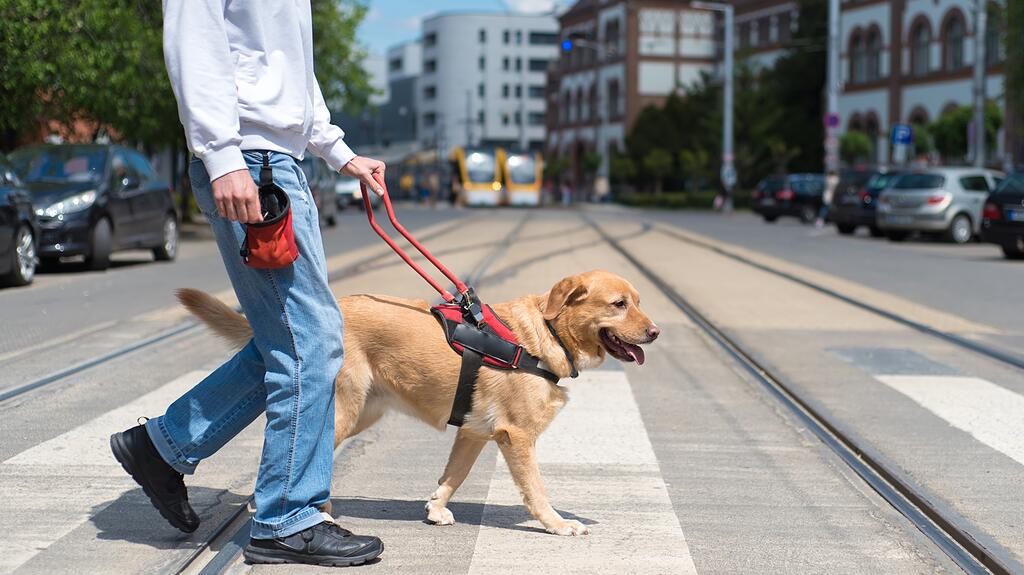
If the disabled individual has someone with them, be sure to speak to them directly and not to their companion. If they’re using an interpreter, focus on the customer and not the interpreter, says the ADA.
If the person is deaf or hard-of-hearing, make sure to speak clearly while facing the person and don’t cover your mouth.
If the customer is blind or has low vision, identify yourself and anyone else who will be assisting. Use your words to respond rather than a nod or a point of the finger. Offer to read printed material aloud. If you step away from the showcase, let them know you’re walking away for a moment.
If the customer is short in stature or seated in a wheelchair or scooter, consider sitting down to have a conversation at eye level.
“I think there’s a lot of pity for disabled people. That’s not what we want. We want people to be moved to create a more accessible world, to include us.”-Catarina Rivera, disability advocate
Website Compliance
As many jewelers discovered after finding themselves in the middle of costly litigation, ADA compliance applies to online stores as well.
Under the ADA, websites that sell goods to the public must also be accessible to people with auditory, motor, and cognitive impairments.
The World Wide Web Consortium (W3) is the international organization that sets standards for the internet. It creates Web Content Accessibility Guidelines (WCAG), which are used to determine if a website is ADA compliant.
A recent rise in lawsuits filed against jewelers for having noncompliant websites was one of the issues that prompted JVC to publish an ADA compliance guide, the first time the organization had done so, said JVC President, CEO, and General Counsel Sara Yood.
“There are these trolling law firms that widely look at the internet and file ADA compliance lawsuits,” she says.
Though the lawsuits are valid, she says filing them is more about these “nuisance” law firms making money than it is about advocating for those with disabilities.
The U.S. Department of Justice enforces the ADA, Yood notes, so noncompliant retailers run the risk of being sued by the government, as well as by a customer or one of the aforementioned law firms.
Penalties for violating ADA guidelines can start at $75,000 for the first violation and reach up to $150,000 per subsequent offense.
Yood recommends retailers consult with their web developer to ensure their site is fully ADA compliant.
“A lot of folks have been relying on some of the accessibility plug-ins that you can install on your website and while it’s a great thing to do, it’s not necessarily always comprehensive,” she says. “So, having your web developer do a thorough review of this is a really good idea.”
W3 also offers training resources regarding accessibility through its website.
While avoiding a lawsuit is reason enough to comply, Yood also highlighted the importance of inclusivity in the jewelry industry.
Though the Trump administration is eliminating diversity, equity, and inclusion programs, a measure that impacts those with disabilities, Yood thinks the ADA is likely here to stay.
“It is broadly popular because there are so many people in this country who, at some point, will need some kind of accessibility help,” she says. “I don’t expect that the law itself will be overturned anytime soon.”
“However, I am not sure whether the DOJ in its current existence is going to spend a lot of resources enforcing this law, in which case it will come down to individual citizens who are affected to do the enforcement.”
The JCK Industry Fund financed the creation of JVC’s ADA guide, and Yood says she appreciates that the guide was seen as a valuable tool for the jewelry industry.
“If we can continue to approach [ADA compliance] with compassion and inclusivity, I think it’s always a good thing.”
Inclusivity in Action
Ashley McGinty of San Diego-based Chouette Designs operates her jewelry brand’s website with inclusivity in mind.

Founded by McGinty and her wife Marine, the goal of Chouette Designs is to create “beautiful, size-inclusive, and gender-affirming designs.”
“We are passionate about shifting the nature of the jewelry industry to more closely reflect our values of diversity and inclusion,” said the brand.
McGinty says on their brand’s website and social media channels, they add alt text to photographs to aid visually impaired customers and add captions on videos for hearing-
impaired clients.
She also opts for high-contrast text colors for greater visibility, something Rivera says is helpful for her.
Offering a “dark mode” on your website also is a way to be more accessible, Rivera notes. As Perkins School for the Blind explains, dark mode causes less eye strain and fatigue, and many users find that light colors pop more against a dark screen, making them easier to read.
Be sure to label the website’s sections with text rather than images, which a screen reader may not be able to pick up.
McGinty says she has learned what works, in part, through ongoing conversations on social media with her customers about accessibility in design.
Some customers are grateful to be asked how a brand can be more inclusive of them, and others don’t acknowledge it, says McGinty, but it’s something her brand would’ve done either way.
“It’s just something that I have baked into the ethos of our brand, being inclusive regardless of whether it’s a disability specifically or just with body shape or in our marketing that includes different races, different sexual orientations. Any kind of representation that we can, I try to get featured.”
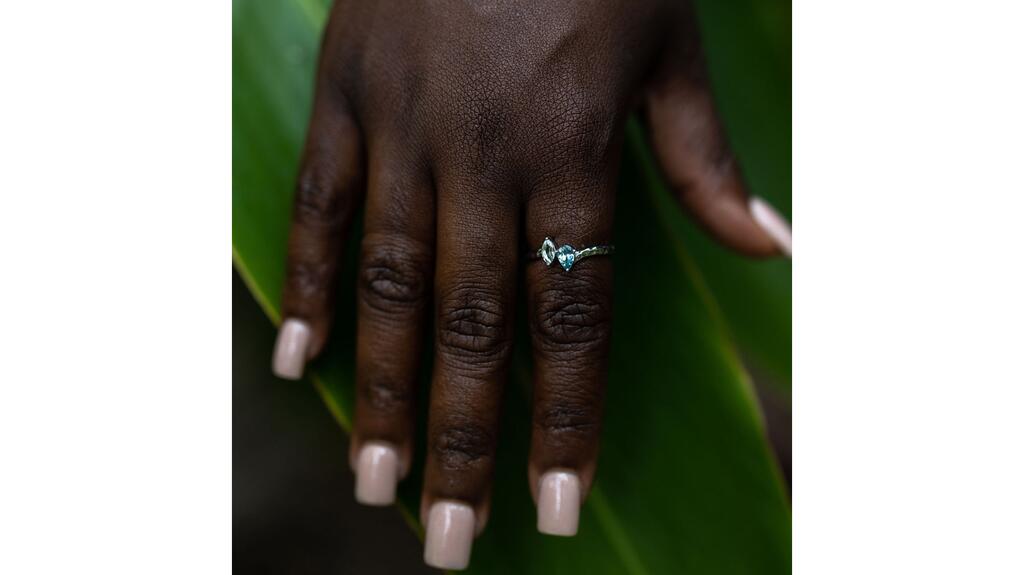
Chouette Designs also has heard from its community about design features in jewelry that would be helpful for customers with disabilities.
For example, it offers bracelets with different clasps, like a bolo bracelet or a bangle with a safety hinge, since the standard lobster clasp doesn’t work for everyone.
McGinty has previously taken to Instagram Stories to ask her customers which closure they prefer and why.
“It’s kind of eye-opening because I thought getting [the bracelet] on and off by yourself is absolutely the most important thing,” she says.
“Other customers will tell me, ‘Hey, I’m neuro-diverse and the little dangling parts on a bolo chain are actually really distracting to me.’”

McGinty’s experience as a plus-size customer who is often turned away at stores unequipped to serve her also informed her business decision to make inclusion a priority.
“If you don’t bake size inclusivity into your original mission, a lot of folks might walk past your store,” she says. “And if that store decides, ‘Oh, we’re going to add plus-sizes now,’ well, that customer who already talked to you about that is gone.”
While accommodating customers with disabilities may require a custom order, meaning a longer wait time, she finds customers are willing to wait and work with her because the brand is coming from a place of authenticity.
Whether a brand started off with inclusivity in its mission or is making changes now, McGinty says being open to customer feedback is crucial.
“No one is perfect, and there are probably practices and moments we have missed. We do our best to catch these and appreciate any call-ins from our community for ways to improve,” she says. “This is the most important factor, in my opinion, the willingness to listen.”
Rivera says, “The first thing I think retailers need to understand is that we are customers, we are part of the market, and that blindness is a spectrum.”
There’s a misconception that disabled lives are not good lives, she says, and that’s not true.
“The disability lived experience is a rich one. We have friendships. We have romances. We have family members. We are traveling. People really need to understand that,” she says.
“I think there’s a lot of pity for disabled people. That’s not what we want. We want people to be moved to create a more accessible world, to include us.”
The Latest

The filmmaker’s personal F.P. Journe “FFC” prototype was the star of Phillips’ recent record-setting watch auction in New York.

The new location in the Design District pays homage to Miami’s Art Deco heritage and its connection to the ocean.

Inflations, tariffs, and politics—including the government shutdown—were among consumers’ top concerns last month.

How Jewelers of America’s 20 Under 40 are leading to ensure a brighter future for the jewelry industry.

“Longtime favorite” presenters, as well as first-time speakers, will lead talks and workshops at the annual event in Tucson next year.


Silas Smith of Meridian Metalworks won the challenge with his pendant that blends Australian and American landscapes.

The sale of the 31.68-carat, sunset-hued stone was part of Sotheby’s first series of events and auctions in Abu Dhabi.

Roseco’s 704-page catalog showcases new lab-grown diamonds, findings, tools & more—available in print or interactive digital editions.

Most customers who walk into your store this month have made up their minds. Your job is to validate their choice, Emmanuel Raheb writes.

The collection features characters and motifs from Ukrainian folklore, including an enchanted mirror and a magic egg.

MatrixGold 3.11, the newest version of the jewelry design program, offers more flexibility, precision, and creative control.

The pavilion will be part of the 2026 JA New York Spring show, scheduled for March 15 to 17.

Kadet, a 1994 National Jeweler Retailer Hall of Fame inductee, helped grow the family-owned retailer in the Chicago area and beyond.

Billed as the world’s smallest wearable, Lumia Health’s new smart earrings have a health tracker subtly embedded in the back.

Don’t let those with December birthdays feel blue. Help them celebrate their month with blue zircon, turquoise, and tanzanite.

The new pink sapphire version of the piece dances with its wearer in the brand’s “Icons After Dark” holiday campaign.

A choice that’s generated a lot of commentary, Pantone says “Cloud Dancer” marks a fresh start and encourages relaxation and creativity.

The manufacturer’s holiday campaign features a gift guide filled with trending designs and jewelry that can be personalized.

The man was charged with theft, accused of ingesting the necklace while in a jewelry store in Auckland, New Zealand.

The Florida independent expanded its store from 8,000 to 14,000 square feet, fulfilling the vision of its late co-founder, Jim Dunn.

Sponsored by De Beers Group
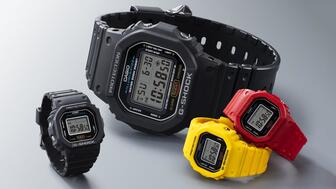
The classic 5600 series G-Shock has been scaled down to about a tenth of its size, becoming a fully functioning watch ring.

The association’s annual conference and gala will take place Feb. 4, 2026, during the Tucson gem shows.

The January show will include a workshop for jewelry retailers on implementing AI to strengthen their businesses.

Fellow musician Maxx Morando proposed to the star with a chunky, cushion-cut diamond ring designed by Jacquie Aiche.

Black Friday is still the most popular shopping day over the five-day holiday weekend, as per the National Retail Federation’s survey.

The historic egg, crafted for Russia's ruling family prior to the revolution, was the star of Christie’s recent auction of works by Fabergé.

















